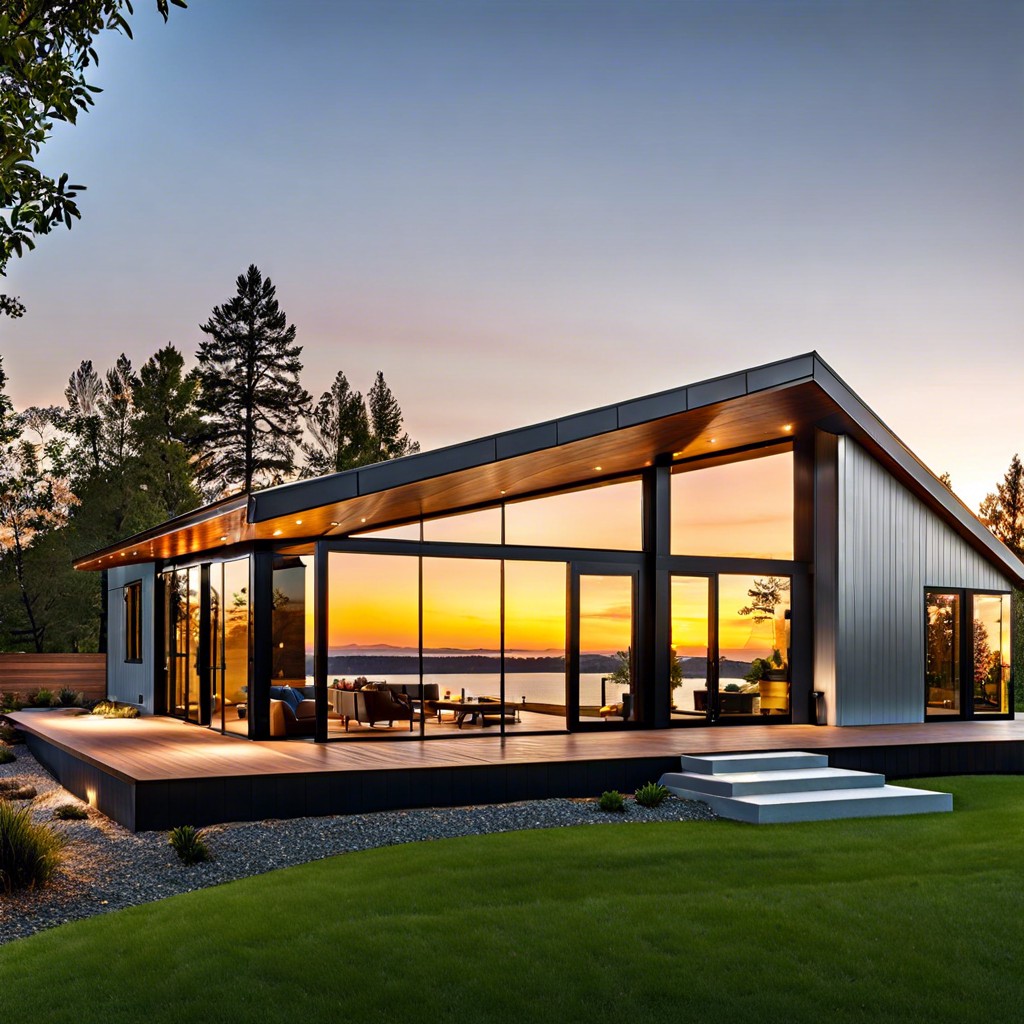Learn how to give your windows a durable and low-maintenance upgrade by applying aluminum window wraps.
Key takeaways:
- Aluminum window wraps shield and extend the durability of wooden frames.
- Precise installation with weather sealant ensures a snug fit.
- Wraps improve energy efficiency and reduce heating and cooling strain.
- Aluminum wraps are durable, low maintenance, and sustainable.
- Consider initial cost and long-term savings when evaluating aluminum wraps.
Benefits of Aluminum Window Wraps

Aluminum window wraps shield the wooden window frames from moisture and insects, vastly extending their durability. By forming a weather-resistant barrier, these wraps prevent the need for frequent repaintings and minimize the risk of rot. This protective layer reflects heat, contributing to a more stable indoor temperature and reducing thermal bridging. Available in various colors, they can enhance the curb appeal of a home without compromising aesthetic integrity. Moreover, they require minimal maintenance, often needing just a simple wash to keep them looking new, which is a time and cost-saving benefit for homeowners.
Detailed Installation Process
The installation process begins with precise measurements to ensure a snug fit against the window frames. Weather-resistant sealant is applied, securing the home from elements and drafts.
Technicians carefully trim the aluminum sheet to match the window dimensions, incorporating extra length for secure anchoring. The material is then molded around the window frame, ensuring corners are tightly wrapped and sealed for a finished look.
Fastening comes next, employing screws or nails at strategic points for added stability. The wrap is smoothed to eradicate any air pockets, which could compromise the insulation.
Finally, a quality check ensures the wrap is flush with the window frame, voids are filled, and the window functions seamlessly with its new enhancement. This meticulous approach forms the backbone of a successful installation, extending the life of window frames and bolstering home efficiency.
Aluminum Window Wraps and Energy Efficiency
The insulating properties of aluminum window wraps are notable for their contribution to a home’s energy efficiency. By creating a tighter seal around the window frame, these wraps act as a barrier, preventing heat transfer. This means less strain on heating and cooling systems, maintaining indoor temperature with greater ease.
In colder climates, aluminum wraps can help reduce the risk of ice build-up and the uncomfortable drafts that are symptomatic of poor insulation. Conversely, in hot environments, the reflective properties of aluminum can deflect solar heat, keeping interiors cooler.
Moreover, when combined with energy-efficient windows, aluminum wraps enhance the overall thermal performance, potentially leading to significant savings on energy bills. It’s a cost-effective add-on that not only boosts efficiency but pays dividends in the long run through energy conservation.
Durability and Lifespan of Aluminum Wraps
Exposed to the elements, windows take a beating. UV rays, moisture, and temperature fluctuations all play their part in wear and tear. Aluminum wraps act as a protective coat, shielding the window trim from harsh weather and extending its life.
These wraps resist corrosion, a common ailment in more humid climates or salty coastal air, thanks to aluminum’s inherent rust-proof qualities. Without corroding, aluminum maintains its structural integrity over many years.
Maintenance is a breeze. Unlike wood that may need periodic painting or staining, aluminum stands up to the test of time retaining its original appearance. Its non-porous surface repels water and dirt, deterring mildew and staining, which means less maintenance and a more consistent look throughout its lifespan.
Sustainability is also part of the package. Aluminum can be recycled repeatedly without losing its properties, ensuring that, at the end of its long service life, your window wrap won’t just become another piece of waste.
In essence, choosing aluminum for your window wraps means investing in longevity for your home’s exteriors and diminishing those future maintenance costs and hassles.
Cost Analysis of Aluminum Wraps
Understanding the financial implications of aluminum wraps is critical for homeowners considering this upgrade. The initial cost will vary based on factors like window size, number of windows, and the thickness of the aluminum. On average, the material costs are moderate, striking a balance between cheaper vinyl options and more expensive materials like copper.
Labor costs should also be factored in, as installation professionalism can affect long-term performance and aesthetics. It’s generally a cost-effective investment, especially when considering the longevity of aluminum compared to the frequent replacements required for less durable materials.
Aluminum wraps act as a one-time investment that shields window frames from weather extremes and reduces maintenance costs over the years. There’s potential for energy savings too, which can help offset part of the upfront costs by lowering heating and cooling bills through improved insulation.
Overall, the cost-effectiveness of aluminum window wraps should be evaluated not just on immediate outlay but also in the context of long-term savings and protection for your property.
Related Stories
- Aluminum Window Wrap Cost: Factors, Savings, and Installation Tips
- Aluminum Window Seal Strip: Your Essential Buying Guide
- Window Aluminum Wrapping: Benefits and Installation Process
- Aluminum Window Prices: Factors Affecting Cost & Buying Tips
- All Aluminum Window Company: Benefits and Selection Guide
Recap